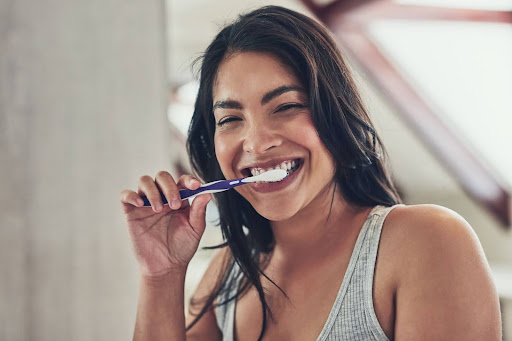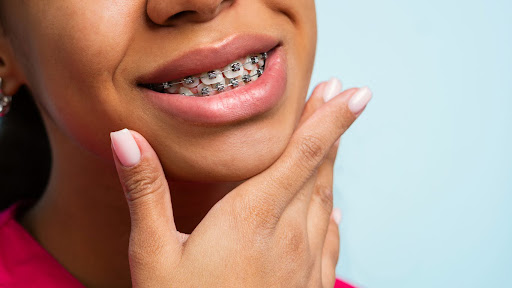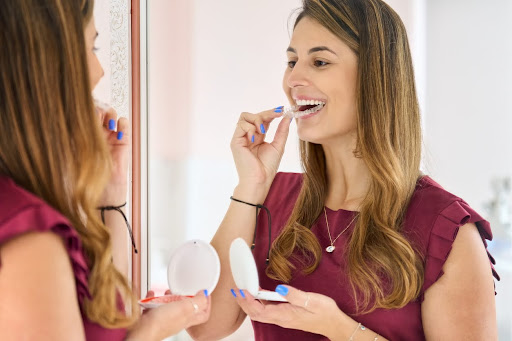It may be hard to believe, but where earlier generations of young people wanted to make the braces on their teeth as inconspicuous as possible, today millions around the globe have embraced wearing “fashion braces” for the fun of it. For some, wearing fashion braces on their teeth is a way of expressing their individuality, while in countries where dental treatment is too expensive for many, fashion braces are seen as a sign of wealth and importance.
What, Exactly, Are Fashion Braces?
Fashion braces, also known as cosmetic braces or decorative braces, are fake orthodontic appliances designed to be more aesthetically pleasing or stylish than traditional metal braces. They may feature different colors, patterns, or designs on the brackets and/or rubber bands, allowing wearers to express their personality or style preferences. While they may look like real braces, they have no functional value in the alignment of your teeth and jaws.
DIY kits for fashion braces are readily available on the internet, or you can often have them applied by unlicensed individuals having no dental training operating out of their homes or storefronts.
The Real Dangers of Fake Braces for Teeth
If you want to have the metal-filled smile that previous generations tried to avoid, fashion braces can be a much more affordable alternative compared to traditional braces. However, wearing these fake orthodontic appliances comes with substantial dangers, and you need to be aware of these risks.
Uncontrolled Tooth Movements
As the American Association of Orthodontists points out, fashion braces are not designed to be functional orthodontic appliances. However, they are glued to your teeth, and the applied pressure can lead to misalignment of your teeth or tooth damage. If that happens, you will need to see a trained orthodontist who can correct the damage with genuine braces or aligners.
Safety Concerns, Including Poisoning
Because fashion braces are not made, sold, or applied by medical professionals, it can be difficult to truly know their ingredients, meaning fake brackets and wires may contain harmful and potentially poisonous chemicals like cadmium or lead.
As an example, Thailand banned fake braces in 2018 after the deaths of two adolescents. Thai authorities determined the two died from infections that occurred when heavy metals from the fake appliances seeped into their oral tissues.
Long-term Dental Problems
In addition to the inferior quality of many of these fake appliances, the intricate designs or decorations on the brackets can make cleaning the teeth and braces more difficult. That, in turn, can increase the risk of tooth decay, gum disease, and other oral health problems.
Cuts and Choking
Having fake orthodontic appliances applied by someone with no dental training comes with the risk of damage to teeth and gums. The glue used with these appliances is usually not a medical-grade adhesive. That increases the risk of wires and brackets coming loose and possibly cutting your gums and jaws. They can even become a choking hazard if they completely fall off, possibly leading to a trip to the nearest emergency room.
Compassionate Care and Paul DiFranco Orthodontics
In sum, while fashion dental braces for teeth may give you a bit of glitz and glamour, they come with several genuine health risks and should be avoided.
Instead, if you’re dreaming of having a beautiful smile, we want you to know that at Paul DiFranco Orthodontics, we’re dedicated to providing genuine orthodontic treatment tailored to your unique needs. Say goodbye to fake orthodontic appliances and trust our expert team to help you achieve the smile you’ve always wanted.
Call us today at 708-930-5941 to schedule your consultation and take the first step toward genuine orthodontic excellence!












